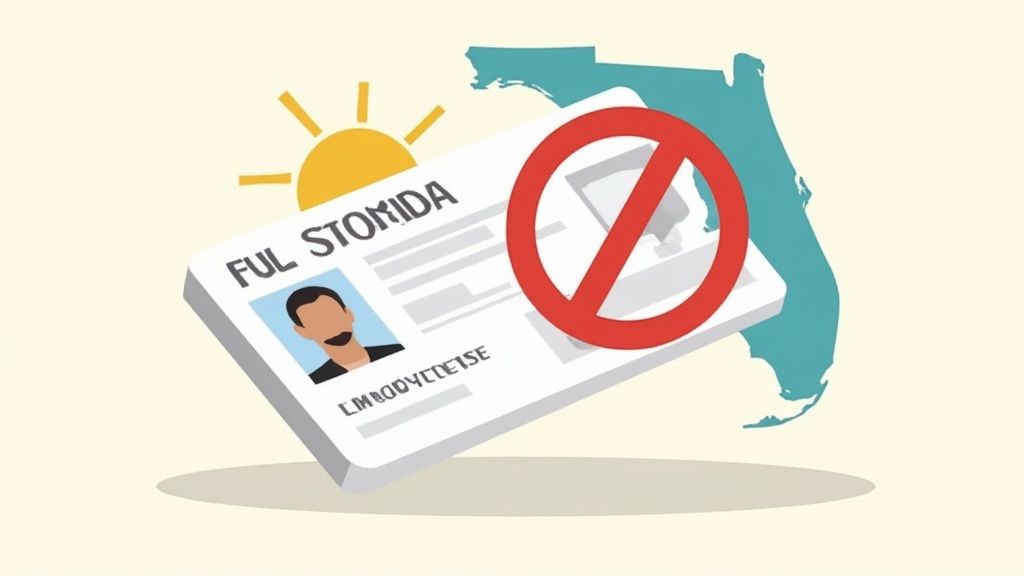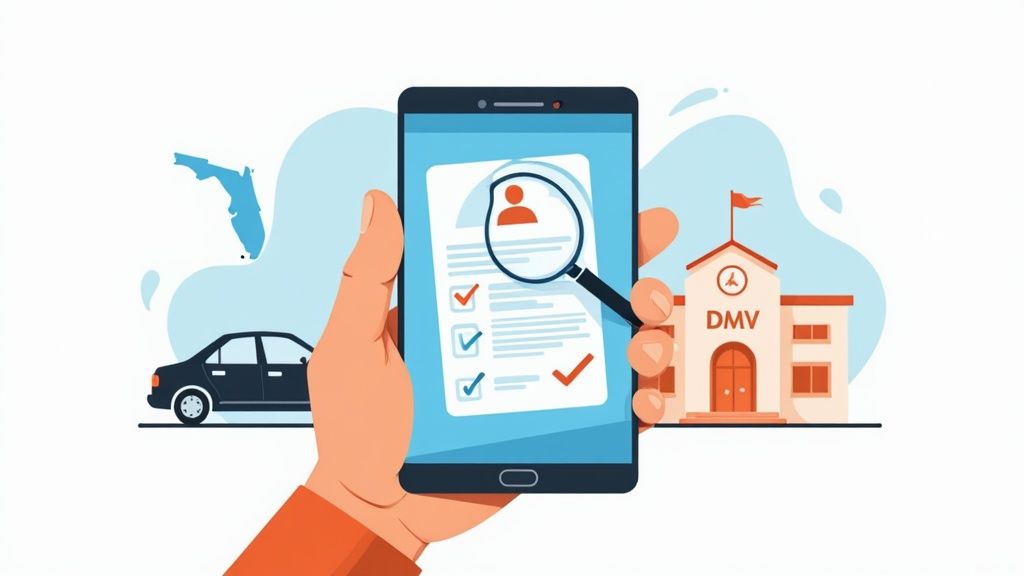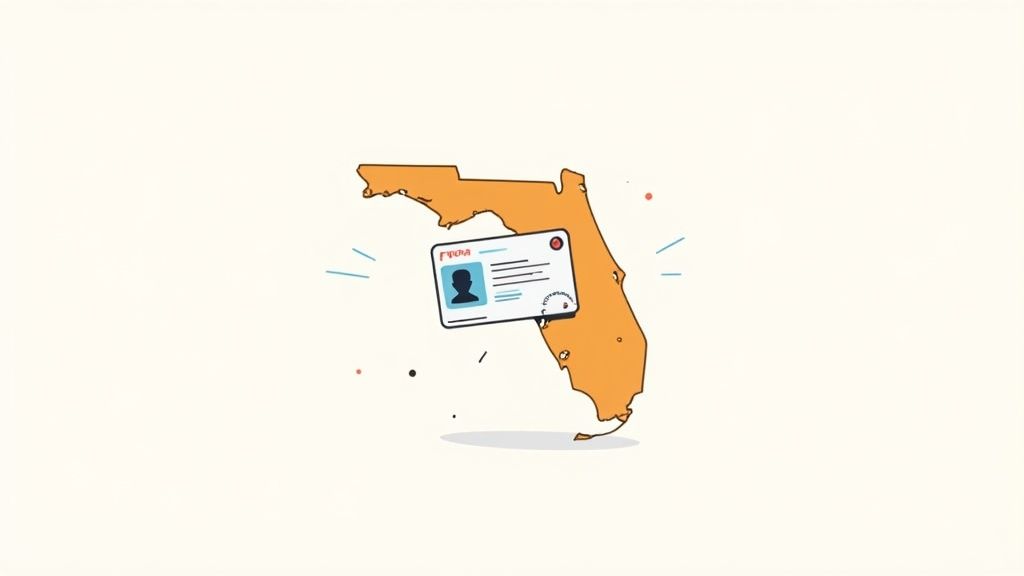Getting ready to pass your driving test can be nerve-wracking. At DriverEducators.com, we’ve helped countless students navigate this important milestone.
Our comprehensive guide will walk you through everything you need to know about how to pass your driving test. From understanding the test structure to mastering essential skills and avoiding common mistakes, we’ve got you covered.
What Does the Driving Test Involve?
The driving test evaluates your skills and knowledge as a driver comprehensively. Let’s break down the key components you’ll encounter during your test.
Written Knowledge Test
The written portion of the driving test assesses your understanding of traffic laws, road signs, and safe driving practices. This multiple-choice exam typically covers topics such as right-of-way rules, speed limits, and traffic signals. In most states, you’ll need to answer about 80% of the questions correctly to pass. Official DMV practice tests can help you familiarize yourself with the format and content.

Vehicle Safety Check
Before you hit the road, the examiner will conduct a vehicle safety check. They’ll ask you to demonstrate various vehicle functions, such as turning on headlights, activating windshield wipers, and using turn signals. You’ll also need to show that you can locate and explain the purpose of essential controls like the emergency brake and hazard lights. Familiarize yourself with your vehicle’s layout to avoid fumbling during this part of the test.
On-Road Driving Assessment
The on-road assessment forms the core of the driving test. This typically lasts about 20-30 minutes and evaluates your ability to safely operate a vehicle in real-world conditions. You’ll perform various maneuvers, including:
- Proper lane changes
- Navigating intersections
- Parallel parking
- Three-point turns
The examiner will look for smooth acceleration and braking, appropriate use of signals, and consistent adherence to speed limits. They’ll also assess your ability to scan for potential hazards and react appropriately to other road users.
Common Reasons for Failure
Common reasons for failure include:
- Speeding (or driving too slowly)
- Improper lane usage
- Failing to yield right-of-way
- Inadequate observation (e.g., not checking blind spots)
Understanding these potential pitfalls can help you focus on areas that need improvement. Practice these skills regularly to increase your chances of passing on your first attempt.
Preparation is Key
Specialized courses can cover all aspects of the driving test. Hands-on training with experienced instructors can help you master the skills you’ll need to demonstrate during your assessment. With proper preparation and practice, you can approach your driving test with confidence.
Now that you understand what the driving test involves, let’s explore the essential skills you need to master before taking your test.
How to Master Essential Driving Skills
Proper Steering Techniques
Correct hand positioning forms the foundation of effective steering. The National Highway Traffic Safety Administration (NHTSA) recommends that the driver should use the area on the wheel between 11 and 8 o’clock with the left hand and the area on the wheel between 1 and 8 o’clock with the right hand. This positioning allows for maximum control and precise steering movements.
For turns, employ the push-pull method. When turning right, push the wheel up with your right hand while your left hand slides up and pulls down. Reverse this motion for left turns. This technique allows for smooth, controlled turns without arm crossing.
Smooth Acceleration and Braking
Skilled driving requires smooth acceleration and braking. Apply gentle, steady pressure to the gas pedal when accelerating. Avoid sudden speed bursts, which can startle other drivers and reduce your control.
For braking, start to slow down earlier than you might think necessary. Apply steady pressure to the brake pedal, gradually increasing as needed. This progressive braking technique ensures a smooth stop and reduces vehicle wear.
Practice these skills in various traffic conditions to build muscle memory and confidence.
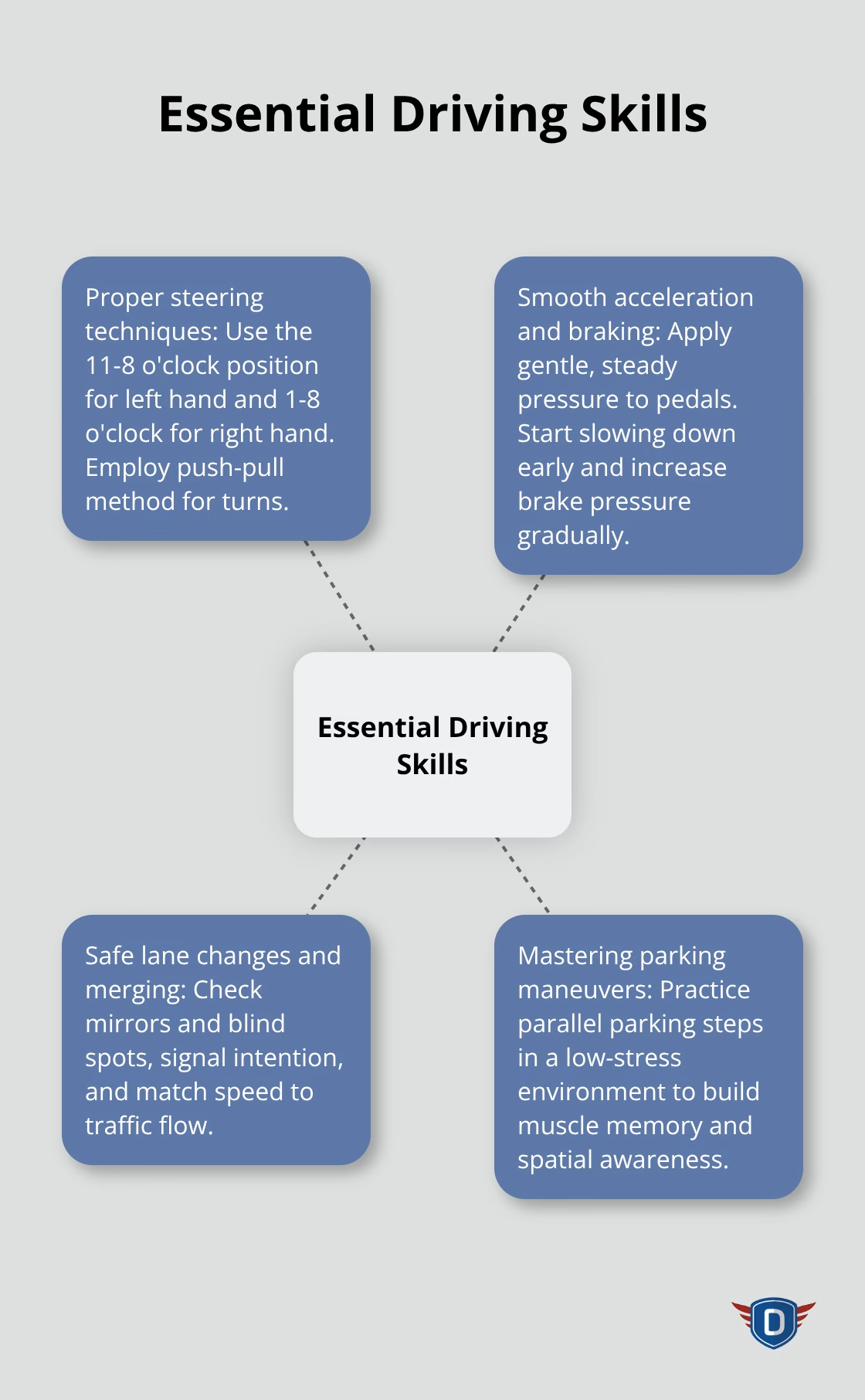
Safe Lane Changes and Merging
Effective lane changes and merging require observation, signaling, and smooth execution. Always check your mirrors and blind spots before changing lanes. Signal your intention at least 100 feet before making your move.
When merging, match your speed to the flow of traffic. Look for a gap that’s at least 4-6 seconds long (this gives you and other drivers ample time to adjust). The driver in the lane you’re entering has the right of way, so be prepared to yield if necessary.
Mastering Parking Maneuvers
Parking maneuvers, especially parallel parking, often cause anxiety for new drivers. Break the process down into steps:
- Signal and position your car parallel to the car in front of the space.
- Back up slowly, turn the wheel sharply towards the curb when your rear wheel aligns with the other car’s rear bumper.
- Straighten your wheels when your car is at a 45-degree angle to the curb.
- Turn your wheels the other way to bring your car in line with the curb.
Practice these steps in a low-stress environment, like an empty parking lot. Use cones or boxes to simulate other cars if needed. With repetition, you’ll build the muscle memory and spatial awareness needed for confident parking.
Now that you’ve learned about essential driving skills, let’s explore common mistakes to avoid during your driving test. These pitfalls can trip up even experienced drivers, so it’s important to be aware of them and practice defensive driving to avoid them.
What Are Common Driving Test Mistakes?
Speed Management Issues
One of the most frequent mistakes is improper speed management. The National Highway Traffic Safety Administration reports that speeding-related fatalities increased by 17 percent from 2019 to 2020. During your test, driving too fast can result in immediate failure. However, driving too slowly can also be problematic. You must maintain a speed appropriate for the conditions and within the posted limits.
To avoid this mistake, practice driving at various speeds in different environments. Pay close attention to speed limit signs and use your speedometer regularly. If you’re unsure about the speed limit, look for clues like the type of road you’re on or nearby buildings.
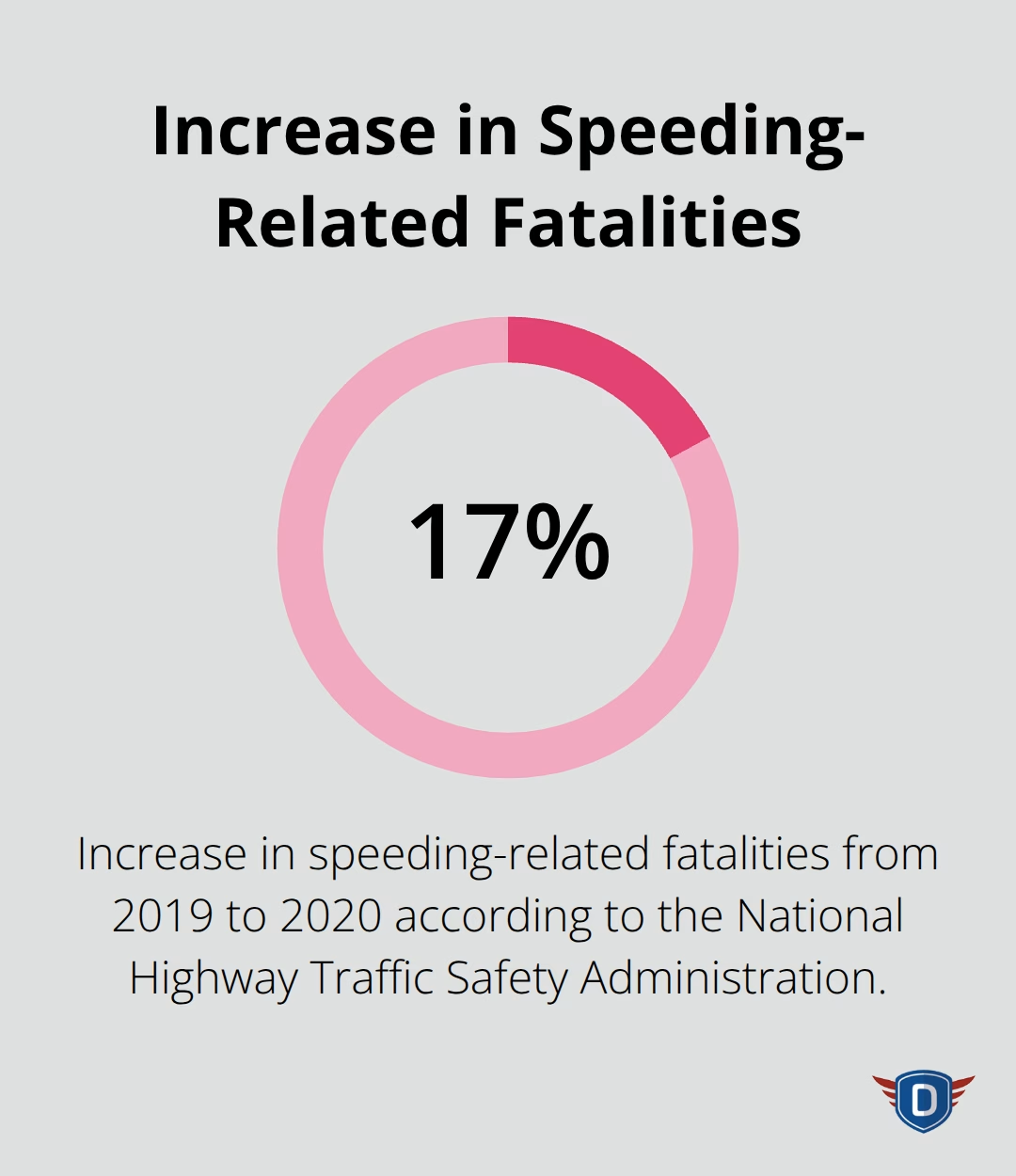
Neglecting Blind Spots
Failing to check blind spots is another common error that can lead to test failure. The National Safety Council projects that advanced driver assistance systems could help avoid 249,400 fatalities and 14,138,000 nonfatal injuries from 2021 through 2050.
To properly check your blind spots, physically turn your head to look over your shoulder before changing lanes or merging. Don’t rely solely on mirrors, as they don’t cover all areas around your vehicle (especially the areas directly beside and behind your car). Make this head check a habit every time you change lanes or merge, even if you think the area is clear.
Improper Signal Usage
Incorrect use of turn signals is a frequent mistake that can cost you points on your test. The Society of Automotive Engineers found that failure to use turn signals results in about 2 million collisions per year.
Always signal your intentions, whether you’re turning, changing lanes, or pulling over. Activate your turn signal at least 100 feet before making your move in urban areas, and 200 feet on highways. Keep your signal on until you’ve completed the maneuver.
Incomplete Stops
Rolling through stop signs instead of coming to a complete stop is a common error that examiners watch for closely. The Insurance Institute for Highway Safety reports that about one-third of all intersection crashes occur at stop sign-controlled intersections.
To avoid this mistake, come to a full stop at every stop sign. Count to three before proceeding. This pause gives you time to check for cross traffic and pedestrians, and it clearly demonstrates to your examiner that you’ve made a complete stop.
Lack of Observation
Insufficient observation of your surroundings can lead to test failure. This includes not checking mirrors frequently enough, failing to scan intersections before entering, and not maintaining awareness of other road users (including pedestrians and cyclists).
Try to establish a routine of checking your mirrors every 5-8 seconds. When approaching intersections, scan left, right, and left again before proceeding. Stay alert to potential hazards and be prepared to react accordingly.
Final Thoughts
Passing your driving test requires dedication and practice. You must understand the test structure, master essential skills, and avoid common mistakes. A positive attitude will boost your confidence and improve your performance during the test.
Regular practice develops muscle memory and situational awareness for safe driving. Focus on areas where many test-takers struggle, such as speed management, blind spot checks, and complete stops at intersections. These skills will serve you well beyond the examination.
We at DriverEducators.com want to help you learn how to pass your driving test. Our driver education programs and experienced instructors provide the guidance you need to become a safe, confident driver. With proper preparation, you’ll not only pass your test but also establish a foundation for responsible driving.
